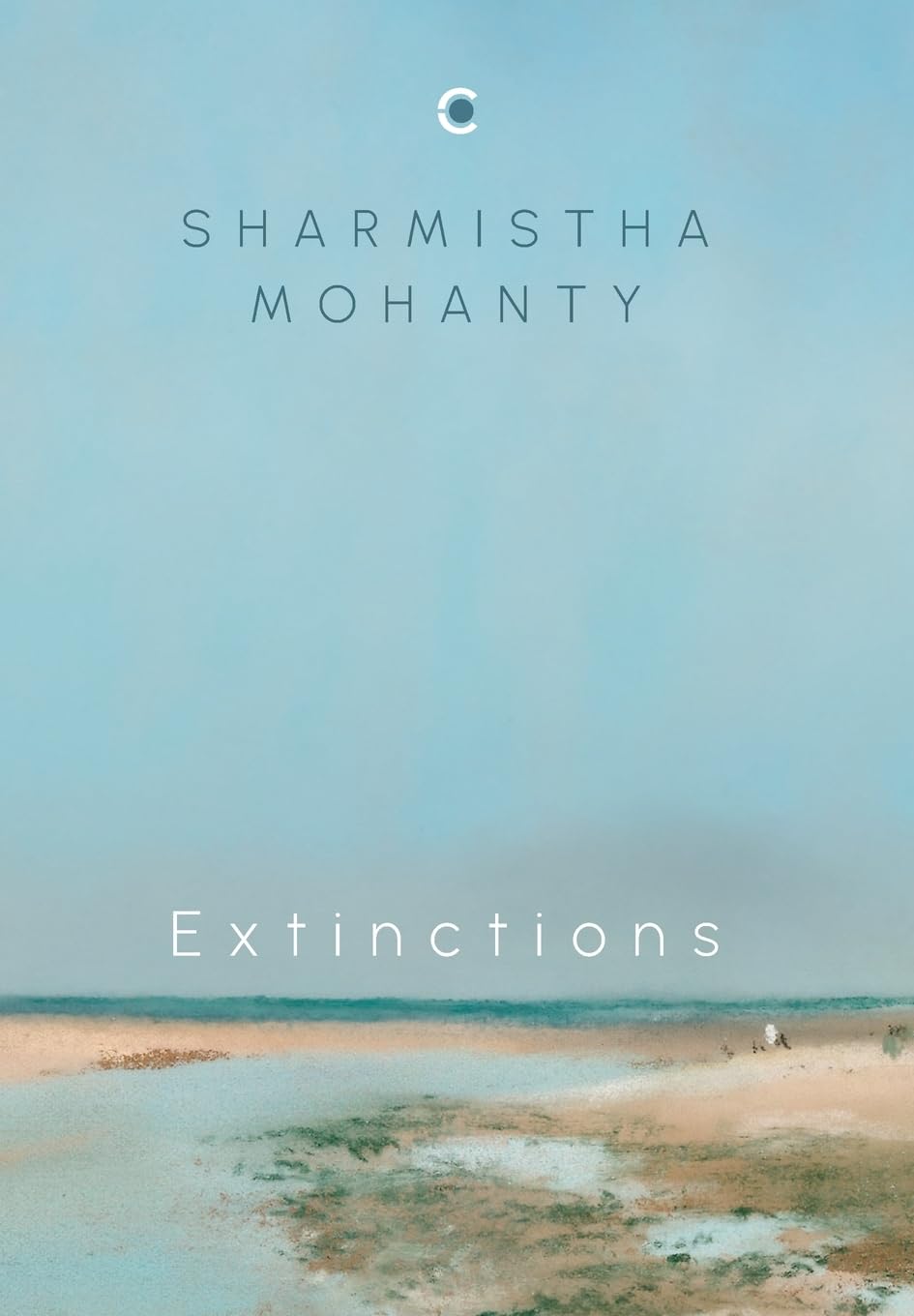

Extinctions
There are things on this subcontinent—rituals, objects, gestures—that have existed for centuries but are now vulnerable, dying, at the edge of our lives. Extinctions catches them in movement, as they fade, as they set. It looks at them variously, through factual observation, or historical gaze, or a prose poem paying tribute. These are individual memories merged with the memories of a civilisation. Sometimes the two become one. The attempt is not only to look back but also to consider where we are. And so, Extinctions creates an encounter that lights up both the long enduring and the new.
Following the ridge of regrets, fate, thoughts that came too late, a future appears, even of the past. Untamed, animate, time becomes many, and landscapes continue to be formed, not naming themselves yet, not conscious of being an island or a continent.
On the blackened iron scales in the marketplace, a thousand years equals today.
The “vignettes” in Extinctions challenge, again, what I think I understand about, and have come to expect from short pieces of prose. They lie, as so much of Mohanty’s work does, in the spaces in-between - in between prose and poetry, fiction and non-fiction, telling and showing, image and word, poem and prayer.
Janice Pariat in Scroll.in
Sharmistha Mohanty’s works have always been characterised by a certain largesse, a ceaseless seeking to incorporate in her writing that which lies between and beyond words, to constantly explore and push the boundaries of how one experiences and creates literature. Extinctions, like her other books, assumes a similar in-between status, hovering somewhere between poetry and prose, fiction and non-fiction, and literature and philosophy."
Vedant Srinivas in The Los Angeles Review